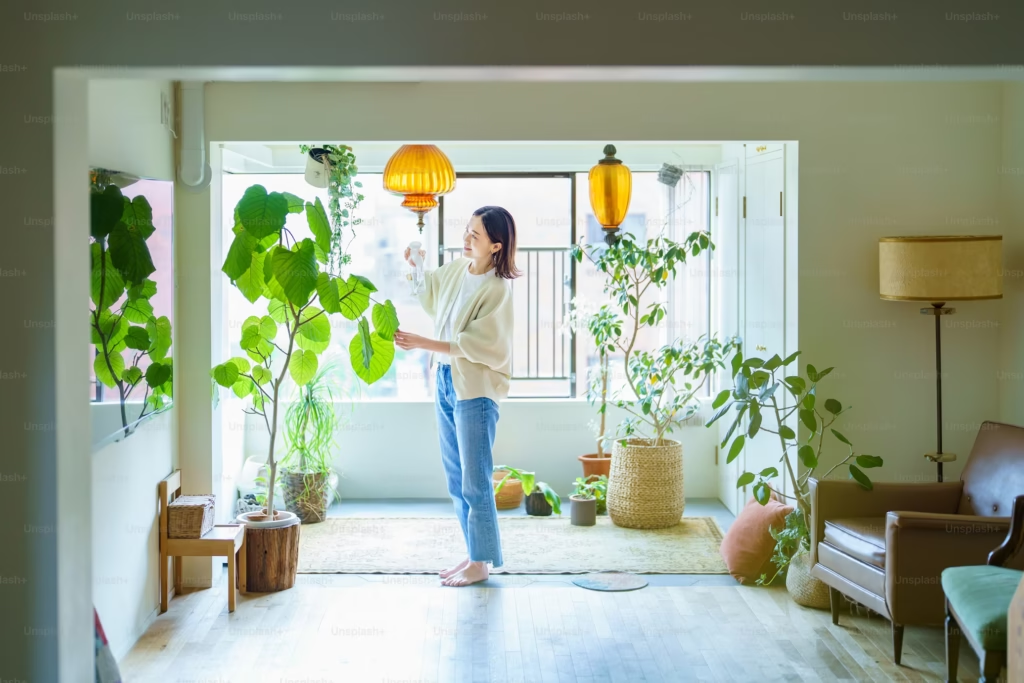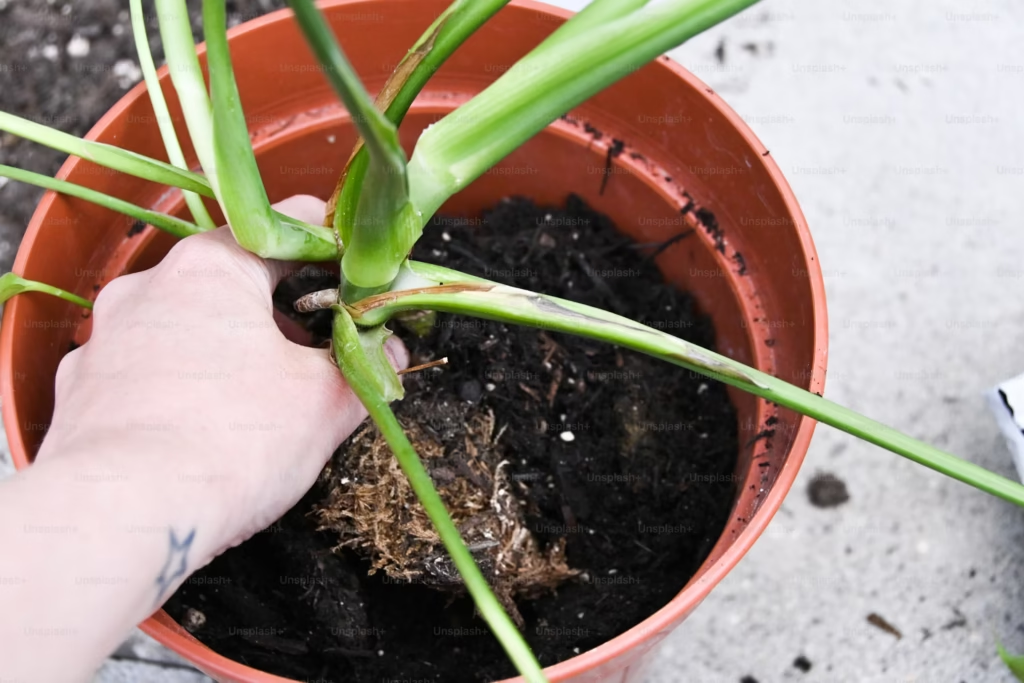
Understanding Light Requirements for Your Houseplants
Houseplants, like all living organisms, rely on light to grow and thrive. However, not all plants require the same amount or type of light. Understanding the light needs of your houseplants is essential for their health and longevity. In this guide, we’ll explore the different types of light your houseplants need, how to assess light in your home, and tips for ensuring your plants get the right amount of light to flourish.
1. The Three Types of Light for Houseplants
When it comes to houseplants, light can be broken down into three main categories:
- Bright Light: This refers to areas that receive a lot of direct or indirect sunlight. These areas are typically near windows with plenty of natural light, or spaces that get full sun exposure for several hours a day.
- Medium or Moderate Light: Plants in moderate light conditions receive indirect light for several hours a day but are not directly exposed to the sun’s rays. These areas may be several feet away from a window or receive filtered light through curtains or blinds.
- Low Light: Low light areas are those that receive very little natural light, such as rooms with small windows, shaded areas, or corners that are far from windows. These areas can also be artificially lit but often with limited light intensity.
2. Assessing Light in Your Home
Before selecting houseplants for your space, it’s crucial to assess how much light each area of your home receives. Here are a few ways to measure light levels:
- Bright Light Areas:
- Direct sunlight for at least 4-6 hours a day, typically near south or west-facing windows.
- Can cause shadows to be sharp and well-defined.
- Ideal for plants like succulents, cacti, and some flowering plants.
- Medium Light Areas:
- Indirect sunlight for a few hours or bright, filtered light.
- North or east-facing windows are great examples, or areas where light is diffused through sheer curtains.
- Suitable for plants like peace lilies, snake plants, and pothos.
- Low Light Areas:
- Very little or no direct sunlight.
- May rely on artificial lighting or reflect light from other rooms.
- Perfect for low-light plants like ZZ plants, cast iron plants, and snake plants.
To accurately determine light levels, observe how the room changes over the course of the day and how shadows are cast.
3. How Different Plants Adapt to Light Conditions
Every plant has its preferred light intensity, and understanding these needs is key to maintaining healthy growth:
- Low-Light Plants:
- These plants thrive in areas that receive minimal light. They don’t require direct sunlight and are better suited for dimmer spaces like hallways, bathrooms, or offices with little natural light.
- Examples: ZZ plant, cast-iron plant, peace lily, and pothos.
- Medium-Light Plants:
- Most houseplants thrive in moderate light conditions, which mimic the natural dappled light found under trees in the wild. These plants don’t need intense sunlight but need bright, indirect light to grow well.
- Examples: Snake plants, spider plants, philodendron, and ferns.
- High-Light Plants:
- These plants need a lot of direct sunlight to grow and produce vibrant foliage or flowers. They are best suited for windowsills that receive plenty of sunlight.
- Examples: Succulents, cacti, and geraniums.
4. Signs Your Plant Is Getting Too Much or Too Little Light
It’s important to regularly monitor your plants for signs that they may not be getting the right amount of light. Here’s what to look for:
- Signs of Too Much Light:
- Scorched or Burned Leaves: Leaves that are sunburned may develop crispy, brown spots or edges, especially if the plant is exposed to direct sunlight for extended periods.
- Faded or Bleached Leaves: The foliage may lose its color and look washed out if exposed to too much light.
- Signs of Too Little Light:
- Stretched or Leggy Growth: Plants that aren’t getting enough light will often become “leggy,” with long, weak stems and leaves that are spaced far apart.
- Slow Growth: A lack of light can cause plants to stop growing or grow at an extremely slow rate.
- Yellowing Leaves: If the plant is not getting enough light, the leaves may turn yellow and eventually fall off.
5. How to Adjust Lighting for Your Houseplants
If you notice your plants are not thriving, you may need to adjust their light conditions. Here are some tips to help:
- Move Plants to a Better Location:
- Try placing them closer to a window or in a room with more natural light.
- Use sheer curtains to filter harsh sunlight if direct light is too intense.
- Use Grow Lights:
- If your home has limited natural light, consider using grow lights to supplement your plants’ needs. These lights can provide the right spectrum of light for plant growth.
- LED grow lights are energy-efficient and come in various colors and intensities suitable for different plant needs.
- Rotate Plants Regularly:
- To ensure that all parts of the plant get equal exposure to light, rotate the plant every few weeks.
- This will also help prevent the plant from growing in one direction toward the light source.
6. Light Needs of Common Houseplants
Here’s a quick guide to the light needs of some common houseplants:
- Low Light: ZZ plant, snake plant, pothos, peace lily, and cast iron plant.
- Medium Light: Spider plant, philodendron, rubber plant, and ferns.
- High Light: Cacti, succulents, geraniums, and citrus plants.
7. Seasonal Changes in Light
Keep in mind that natural light can vary with the seasons. During winter, daylight hours are shorter, and the intensity of light can decrease. To ensure your plants continue to thrive through the colder months:
- Adjust Light Placement: Move plants closer to windows to take advantage of the lower angle of sunlight in winter.
- Supplement with Grow Lights: If sunlight is scarce, use artificial grow lights to keep your plants healthy during the winter months.
Conclusion
Understanding the light requirements of your houseplants is essential for their well-being. By paying attention to the light levels in your home and choosing the right plants for each space, you can ensure your houseplants grow strong and healthy. Remember to regularly observe your plants for signs of stress and make adjustments to their lighting as needed. Whether you have bright, sunny windows or dim corners, there’s a plant that will thrive in every type of light condition.



